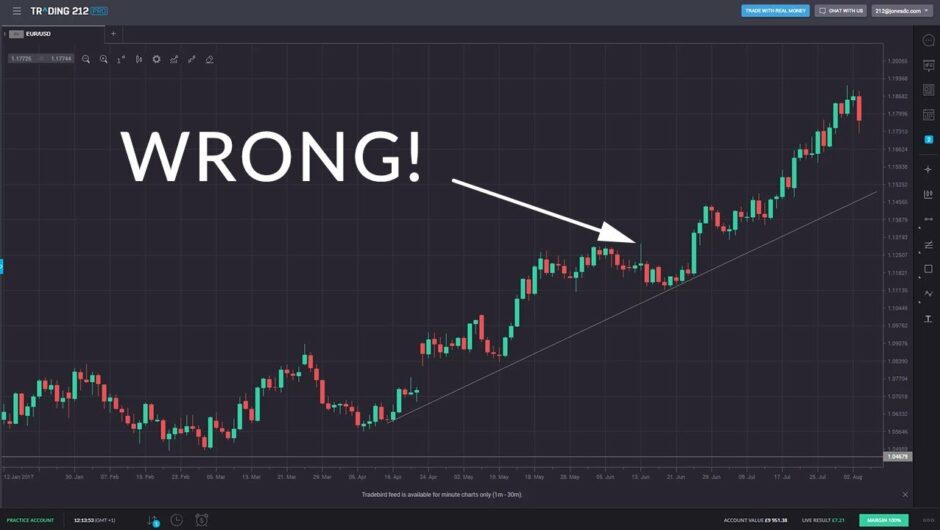In the world of investments, the concepts of price and value are fundamental yet distinct. While they may seem interchangeable, understanding the nuanced difference between price and value is paramount for investors. Price reflects the amount an asset or security is currently trading for in the market, a figure determined by supply and demand dynamics. On the other hand, value pertains to the intrinsic worth of an investment, often rooted in its underlying fundamentals and potential for future growth. Navigating the delicate balance between price and value is a crucial aspect of investment strategy, influencing decisions that can impact long-term financial success. This exploration delves into the disparities between price and value, offering insights into how investors can leverage this understanding to make informed and strategic investment choices.
Understanding Price in Investments
Understanding the concept of price is foundational in the realm of investments, representing the current market valuation of an asset or security. It is the numerical figure at which a buyer and seller agree to execute a transaction. Various factors contribute to determining the price, including supply and demand dynamics, market sentiment, and short-term economic conditions. Prices can experience fluctuations over short periods, influenced by news, investor sentiment, and macroeconomic factors. Investors often scrutinize price trends and technical indicators for short-term trading decisions.
While price is a critical aspect of investing, it is essential to recognize that it may not always reflect the intrinsic value of an asset. Prices can be subject to market speculation and short-term fluctuations, leading to instances where an asset’s market value deviates from its fundamental worth. Investors, therefore, need to approach price with a discerning eye, considering fundamental factors and employing additional analyses to gain a comprehensive understanding of an investment’s true value. Recognizing the distinction between price and value is crucial for making informed investment decisions and avoiding the pitfalls associated with being solely driven by short-term price movements.
Unveiling the Concept of Value
In essence, the value of an investment is determined by assessing factors such as financial metrics, earnings potential, management quality, and overall economic conditions. Fundamental analysis plays a pivotal role in this process, as investors scrutinize a company’s balance sheets, income statements, and cash flow to gauge its true value.
Value investing, a strategy popularized by legendary investors like Benjamin Graham and Warren Buffett, involves seeking assets perceived to be undervalued by the market. Investors employing this approach believe that over the long term, the market will recognize and rectify any discrepancies between an asset’s price and its intrinsic value.
Importance of Distinguishing Between Price and Value
Distinguishing between price and value is of paramount importance in the world of investments as it directly influences the quality of decision-making and overall portfolio performance. While price reflects the current market sentiment and short-term demand-supply dynamics, value delves into the intrinsic worth and long-term potential of an asset.
Recognizing this distinction is crucial for several reasons. Firstly, it aids investors in avoiding the pitfalls of short-term market fluctuations. Relying solely on price without considering underlying value may lead to reactionary and emotionally-driven decisions, potentially resulting in missed opportunities or unnecessary losses. Secondly, understanding the difference between price and value is integral to the practice of value investing. Investors seeking assets with strong fundamentals and growth potential often capitalize on market mispricing, anticipating that over time, the market will align the price with the intrinsic value.
Behavioral Influences on Price and Value Perception
Behavioral influences play a significant role in shaping the perception of price and value in the realm of investments. Market sentiments, driven by collective investor psychology, can create fluctuations in both price and perceived value. Understanding these influences is crucial for investors seeking to make informed decisions.
Investor emotions often drive short-term market movements, leading to overreactions or irrational exuberance. Positive news can inflate perceived values, causing prices to surge beyond reasonable levels. Conversely, negative sentiment can lead to undervaluation, creating opportunities for value-oriented investors. The phenomenon of herding, where investors follow the crowd without thorough analysis, can impact both price and value perceptions. This behavior can lead to market bubbles and crashes, with prices detached from underlying values. Cognitive biases, such as anchoring and recency bias, also influence how investors perceive price and value. Anchoring occurs when investors fixate on a specific price point, influencing their judgment. Recency bias leads investors to give undue importance to recent events, impacting their assessment of an asset’s value.
Risks Associated with Overemphasizing Price
Overemphasizing price in investment decisions carries inherent risks that can compromise the long-term success of a portfolio. One significant risk is succumbing to short-term market noise and volatility. Prices are susceptible to fluctuations driven by various factors, including market sentiment, news events, and speculative trading, which may not necessarily reflect the intrinsic value of an asset.
Another risk involves making decisions solely based on price movements without considering underlying fundamentals. Overemphasizing price may lead to a lack of attention to critical factors such as a company’s financial health, growth potential, and competitive position. This oversight can result in investments that do not align with the investor’s long-term goals or expose them to undue risk. In a hyper-focus on price, investors may also miss opportunities for value-based investing. Undervalued assets with strong fundamentals and growth potential may be overlooked if attention is solely directed at short-term price movements.
Long-Term Investing and the Role of Value
Long-term investing is intrinsically linked to the concept of value, emphasizing the importance of understanding the fundamental worth of assets over extended time horizons. Investors adopting a long-term approach prioritize factors such as a company’s financial health, growth prospects, and competitive position rather than short-term price fluctuations.
The role of value in long-term investing is prominent in value investing strategies. Value investors seek assets that they believe are undervalued by the market, anticipating that over time, the market will recognize and adjust the price to align with the intrinsic value. This patient and disciplined approach contrasts with short-term trading strategies driven by market speculation. Long-term investors also benefit from the compounding effect, where the growth of an investment is reinvested, leading to exponential returns over time. Understanding the fundamental value of an asset is crucial for identifying opportunities with the potential for sustained growth, dividend income, or both.
Conclusion
In conclusion, the distinction between price and value is pivotal in the realm of investments. While price reflects short-term market dynamics, value encompasses the intrinsic worth and long-term potential of an asset. Recognizing this difference is fundamental for informed decision-making, allowing investors to navigate market fluctuations. Avoid emotional pitfalls, and adopt strategies aligned with their financial goals. Embracing the role of value, particularly in long-term investing. This empowers individuals to capitalize on fundamental strengths, make patient and disciplined choices. Also foster resilience in the face of market volatility, ultimately contributing to the achievement of enduring financial success.
Also Read:
- Fixed Deposits vs Money Market Funds ; Which One is Right for You?
- International Mutual Funds in India- Should you Invest?
- Should you Invest in retirement savings fund?
- Potential Risk Matrix in Debt Mutual funds- How to Interpret?

Hello, I am Tanisha Kriplani, graduated in computer science from Delhi University. I am passionate about web content writing and have a strong interest in Data Analytics and Data Engineering.












